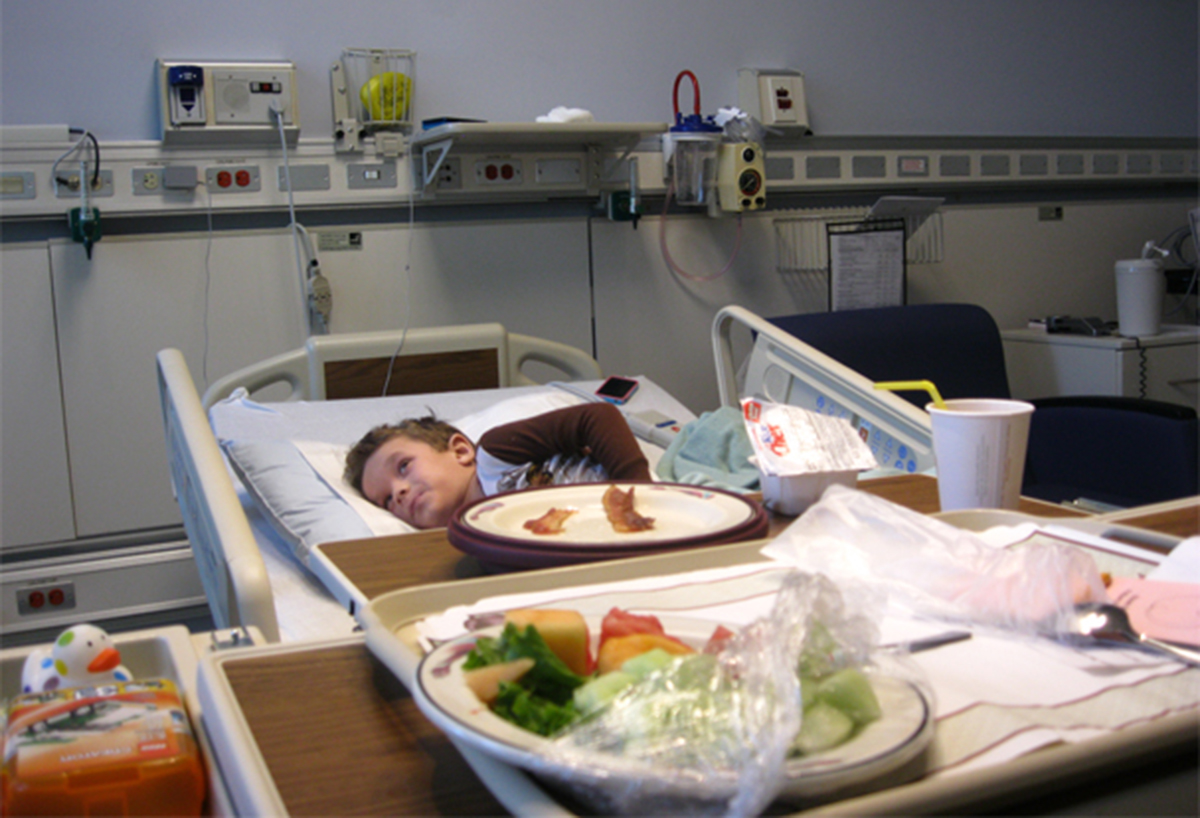Food allergies have been increasing at an alarming rate, particularly in western developed nations — to the point where we can now say that they are serious public health concern, almost on par with a dangerous epidemic. This increase in the rate of food allergies is mainly linked to the modern lifestyle which includes an excessive use of antibiotics, changing dietary patterns and a changing intestinal bacterial population.
What Are Food Allergies?
A food allergy is an abnormal immune system response to a food particle. The immune system overreacts to a food particle, damaging normal body tissue and causing dangerous symptoms. The most common foods that cause allergy are peanuts, milk, eggs, fish, tree nut, shell fish, wheat and soy. These eight foods account for 90 percent of all food allergy reactions.

The symptoms of food allergic reactions may vary depending upon the type and quantity of allergen, but food allergies commonly present with vomiting, cramps, abdominal pain, diarrhea, cough, wheezing, swollen tongue and even anaphylactic shock. Allergies can develop at any age, and even foods that never troubled you before can start an allergic reaction.
Are Food Allergies Really A Western Problem?
Food allergy has certainly become a major health issue in western countries; it affects up to six percent of the population in America, for instance, and almost 10 percent of infants in Australia are affected by food allergy.
These numbers are much lower in developing countries. Not only food allergies, all types of allergies are more prevalent in the west. The incidence of food allergy is also increasing day by day, mostly because of the lifestyle changes of the newer generation. According to a study conducted in the UK, hospital admissions due to food allergic reactions have increased by 87 percent from 2002 to 2015.
There has been a tremendous increase in the rate of food allergies in kids as well. In the same country, kids are more affected by food allergy today than in the past. A study in Australia revealed that more than 10 percent infants have some kind of food allergy. These are alarming statistics because food allergy was almost unheard of in the same region before the 1990s.
What About Developing Countries?
Is food allergy common in developing countries too? This issue is widely debated and researchers have a varied opinion on this. Statistics show that food allergy is not a big issue in developing countries right now as the prevalence is much lower than in western countries. The incidence is slightly increasing day by day though. This is apparently because of a“westernization” of the East.
READ Food Allergies in Children - Causes and Allergens, Symptoms and Prevention
Developing countries in Asia, Africa and Latin America have a much lower prevalence of food allergies, to the point where it is not even considered a health issue there. If a person moves from a developing country to a developed country in childhood, the risk of getting an allergic disease increases. So, this further supports the fact that food allergies have something to do with modern environment and lifestyle.
Why Is The West More Effected By Food Allergies?
Two questions come to mind after reading the stats. Why is food allergy more prevalent in western countries? Why are newer generations more susceptible to food allergy? Where did we go wrong? Several theories were devised to answer these questions. Most of them propose that “modernization” or might I say “westernization” is the main culprit here.
According to the so-called Hygiene Hypothesis, a lack of early childhood exposure to infections predisposes a person to the allergic diseases by suppressing the normal development of the immune system. In simple words, exposure to certain bacteria is necessary to train our immune system.

This exposure is lost due to decreased infections in modern lifestyle and wide use of antibiotics in the developed world. This realization that these "little" microorganisms are so important for us is the most interesting advance in the modern medicine in the recent past. Some scientists refer to these bacteria as “lost friends”.
What normally happens is that bacteria and parasites present in our body (especially in the gut) increase the threshold of our immune system and establish “immune tolerance”. When there is no exposure to the bacteria, it leads to immune hypersensitivity and our immune system gets mad and attacks otherwise harmless things like food particles. This “attack” also damages the body tissues along with and can lead to severe symptoms.
Modern lifestyles provide a cleaner diet and therefore a change in the population of intestinal microorganisms. This change has also led to the loss of the friendly harmless bacteria in our guts, bacteria that are essential to the normal functioning of the human immune system. Could we be destroying this symbiosis evolution created with excessive cleanliness?
Extensive use of antibiotics in early life poses a threat to our allergy-protecting bacteria, especially in the gut. This in turn disturbs the normal bacterial flora in the gut and halts the natural development of our immune system. Our immature immune system shows abnormal response to the normal food particles. Use of antibiotics in the early age increases the risk of allergic diseases by 30-40 percent.
A number of studies have been done on allergic and non-allergic people. The bacterial swabs from their skin and gut showed that allergic people have far fewer types of bacteria living in their gut and skin than non-allergic people. In developing countries, people are exposed to bacterial infections at a very early age and the use of antibiotics is also limited in those regions, so their immune system matures properly. They are at a reduced risk of developing food allergies.
READ Food Allergies Make You Broke
Kids today are not exposed to a lot of bacteria because of widespread antibiotic use, cleaner environment and relatively “hygienic” diet. As a consequence there is an increase in rate of food allergies in kids. The newer generation seems less likely to outgrow this food allergy epidemic than their parents which is an alarming situation. Some people believe in the “let them eat dirt” notion, which is an interesting paradox as it will increase the risk of infections but certainly will halt the chances of getting food allergies.
- Prescott S1, Allen KJ, Food allergy: riding the second wave of the allergy epidemic. Published Online: 2011 Mar
- 22. Retrieved from: www.ncbi.nlm.nih.gov/pubmed/21332796
- Photo courtesy of NIAID via Flickr: www.flickr.com/photos/niaid/14124435164
- Photo courtesy of USDAgov via Flickr: www.flickr.com/photos/usdagov/15031804271


Your thoughts on this